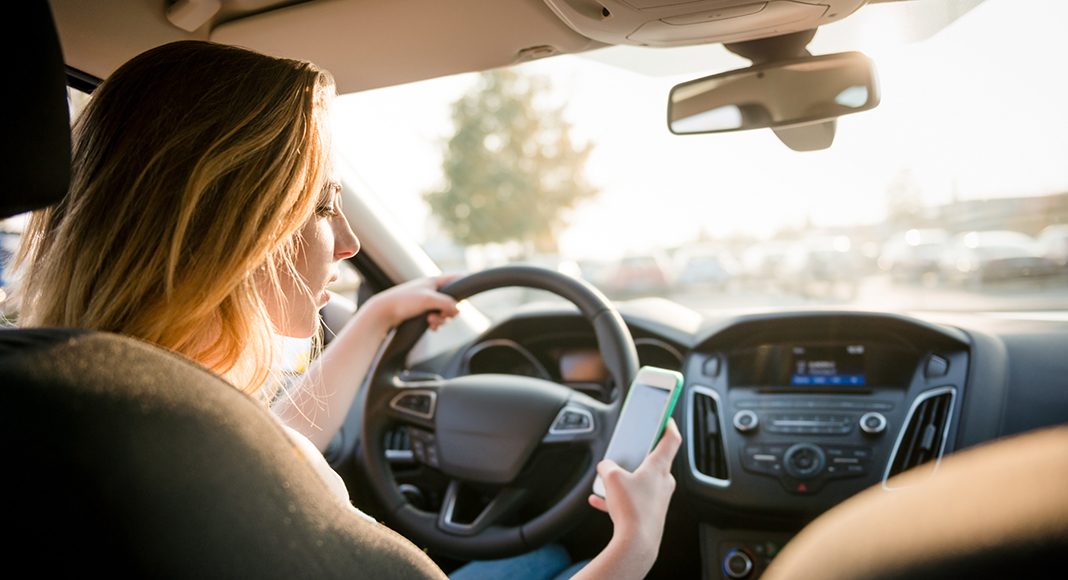Nearly two in five teen drivers aged 14 years and older have texted while driving at least once in the last month, according to a study published in the Journal of Adolescent Health.
Led by the Center for Injury Research and Policy at Nationwide Childrenâs Hospital (CIRP), the study examined individual- and state-level factors associated with texting while driving among teens. It focused on 35 states, 34 of which ban text messaging for drivers 21 years and younger. Texting while driving prevalence varied by state, from 26 percent in Maryland to 64 percent in South Dakota.
More teens texted while driving in states with a lower minimum learnerâs permit age and in states where a larger percentage of students drove.
âThe increase in texting while driving at the age when teens can legally begin unsupervised driving was not surprising,â said Motao Zhu, MD, MS, PhD, the studyâs lead author and Principal Investigator in the CIRP. âGraduated driver licensing laws could have an impact on texting while driving behavior: the earlier teens start driving, the earlier they start texting while driving.â
The five states where more than half of teen drivers reported texting while driving had a learnerâs permit age of 15 years or younger.
Teens who engage in other risky driving behaviors were also more likely to text while driving. For example, teen drivers who didnât regularly wear seatbelts were 21 percent more likely to text while driving compared to frequent seatbelt users. Teens who reported drinking and driving were almost twice as likely to text while driving compared to those who did not.
âRisky driving behavior is known to be much less common with an adult in the car,â said Ruth Shults, MPH, PhD, formerly, Senior Epidemiologist with the Centers for Disease Control and Prevention (CDC) Division of Unintentional Injury Prevention. âThe association between age and texting while driving highlights the need for parents to pay attention to their childâs texting while driving throughout the teen years – not just when their children are learning to drive.â
 The study was conducted in conjunction with CDC researchers and The Ohio State University.



















